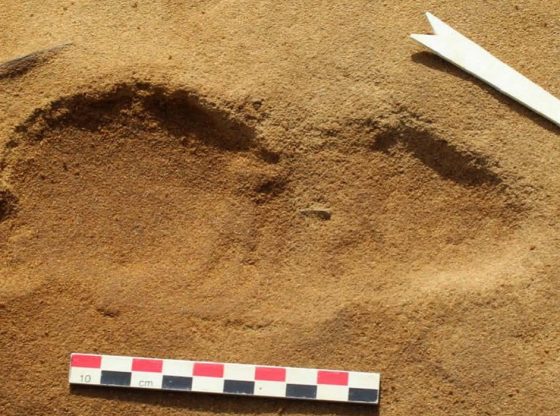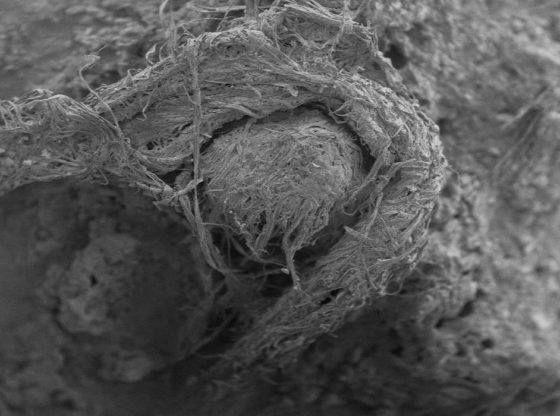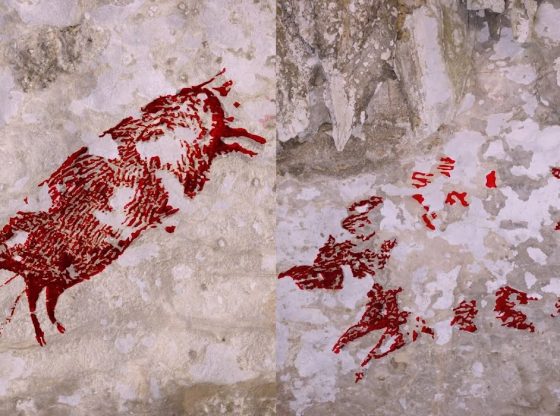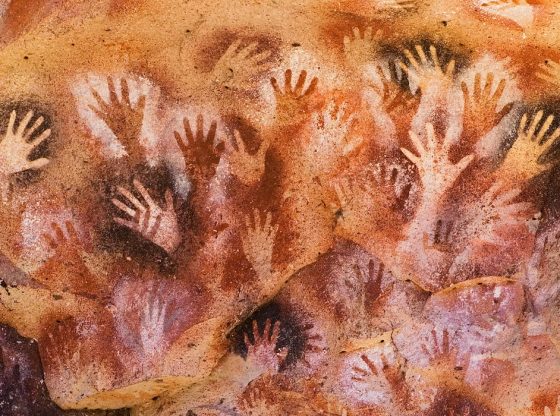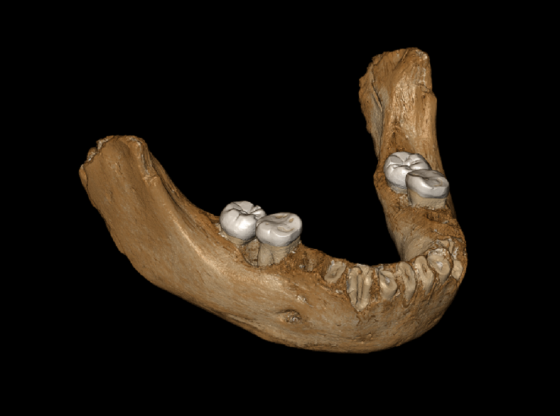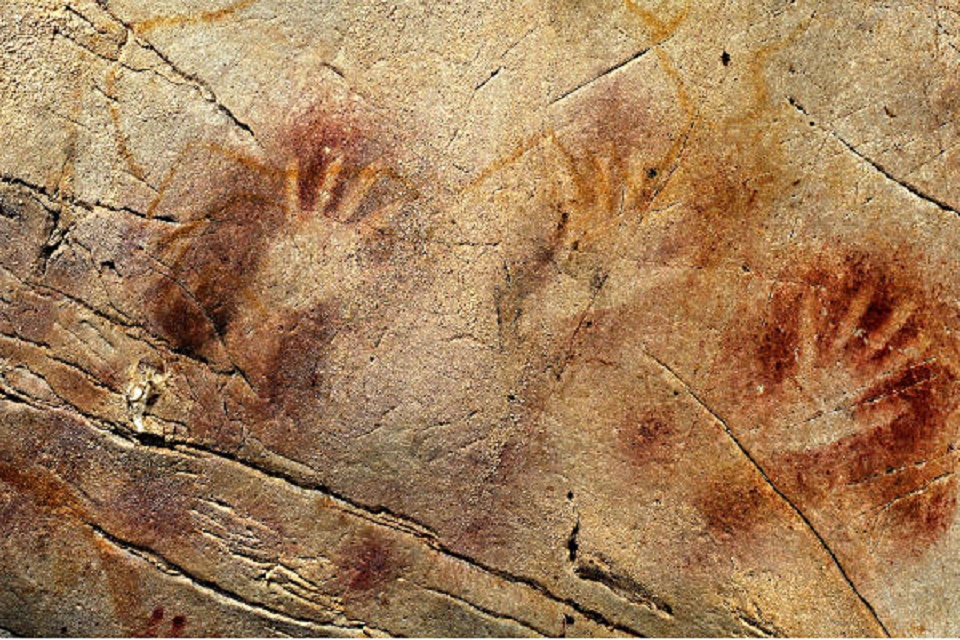
New findings may force us to re-define Neanderthal capacity for artistry. These findings consist of some cave paintings in Europe that appears to be much earlier than previously thought.
It is not rare to find hand-prints, painted red circles and club-like marks in caves across Europe. Such as those found in several caves in Spain. And recently new tests were done of these paintings and the results suggest that they were at least 15,000 years older than previously thought. This suggests that they were created by Neanderthals and not by Homo Sapiens.
Behind the findings, we find a research team from Britain and Spain. They have been using new methods to more accurately date some 50 samples from eleven caves in northwestern Spain. The cave walls are naturally covered by a thin limestone layer. A crust also found on top of the paintings. And by determining the ratio of the two substances, paint, and limestone. Using radioactive uranium and its decay product thorium, the researchers are able to produce a minimum age of the paintings in the limestone layer.
The study that was published in Science last year and in it the authors argues on the possibilities of that the art having been made by either Neanderthal’s or Homo Sapiens.
Neanderthals were in Europe from about 250,000 until about 35,000 years ago and modern humans started arriving in South Eastern Europe at about 41,000 to 45,000 years ago.
The conclusion by the authours remains as of yet inclusive. However, these findings should be seen in the light of many other findings in recent time that provides us with tantalizing insights of the previously often dim-witted Neanderthals. Findings that suggest Neanderthal’s using more advanced tools, to having worn jewelry, buried their dead and, also to have interbred with our own human race to such an extent that about 4 percent of every modern European’s genome is traceable to Neanderthal origins.
______________
A Draft Sequence of the Neandertal Genome
U-Series Dating of Paleolithic Art in 11 Caves in Spain
____________________________




